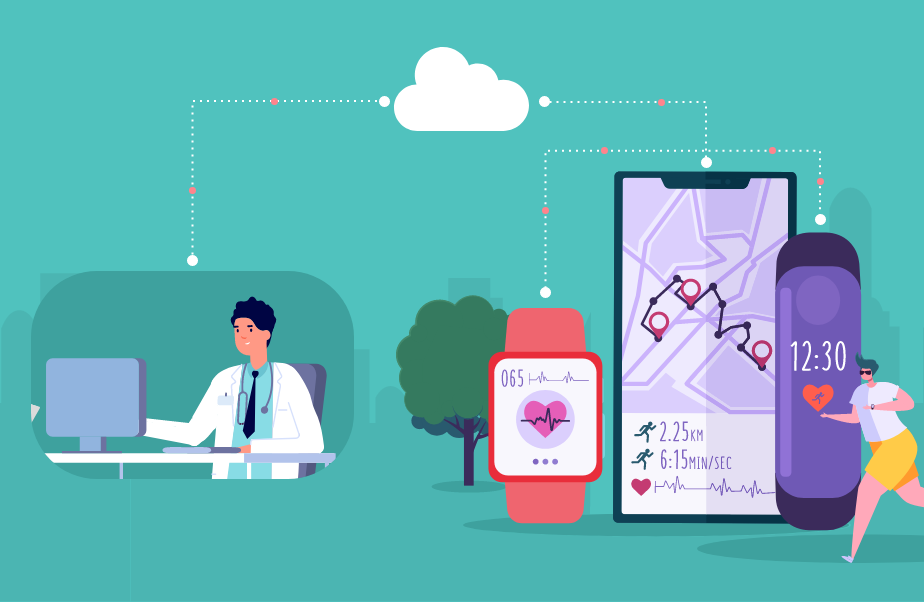Many large hospitals and health systems are losing revenue in millions due to patient referral leakage. Every single patient who looks for care somewhere else is lost revenue now and in the future.
Common challenges in referral system
Majority of health systems experience some sort of challenges with their referral process, which potentially create a negative impact on patient satisfaction, clinical care, and outcomes. More than two-thirds (68 percent) of specialists receive no information from primary care physicians (PCPs) prior to referral visits, according to the Journal of General Internal Medicine. And incredibly, 40 percent of PCPs do not receive consult reports back from specialists following referrals, according to the Archives of Internal Medicine.
A lot of other challenges like the below lead to patient dissatisfaction, poor patient health outcomes which in-turn results in patient leakage and revenue loss.
- Not being able to identify in-network specialists/providers
- Providing unclear and incomplete information while referring patients to specialists or other in-network providers
- Lack of mechanism to measure referral team’s performance or revenue outcomes
- Inefficient process and ineffective prioritization
- Challenges in the insurance authorization process, issues related to denials and write-offs
- Manual processes and dependencies on paper-based communication
- Inability to track patient leakage due to unclear referral process and lack of referral analytics
Related Topic: https://www.healthviewx.com/implementing-virtual-care-in-referral-management-to-enhance-patient-experience/
Analyzing Your Health System’s Improvement Opportunity
It is vital to identify gaps in the current process, understand challenges and make significant improvements in the referral process. Standardizing the process will help to make it efficient, and adopting technological solutions will not only streamline the process but also will save time and seal leakage. Providers need an end-to-end referral solution to meaningfully improve the handling of both incoming and outgoing referrals.
Here’s how healthcare providers can improve their referral process
Standardize your referral process
It is key for organizations to develop a consistent workflow and streamline the referral process that clearly delineates responsibilities depending on the role and the action to be taken. To achieve this excellence both clinical and operational leadership should collaborate and identify a suitable solution to help develop a strong referral system.
Choosing the technological solution that works
In spite of having a proactive and organized approach to tracking and handling referrals, some technology systems are still unable to facilitate workflows of best practice or provide the performance data required to manage the end-to-end process effectively. So choosing the right solution, and defining roles and responsibilities to support better referral management is crucial.
Defining vision and goals
Once the right technology solution is adopted and implemented, it is vital for the health system to understand the level of performance and opportunity. Analyzing the understanding the below is required
- From disparate referral process to a clear and standard process
- From a decentralized to a centralized process
- From paper-based or manual processes to an automated single system that manages end-to-end processes.
Measure success that matters
Organizations need to track their journey towards excellence and ensure they are in par with the industry standards to provide enhanced care for their patients through quality care and better patient satisfaction.
What organizations need to understand?
Organizations should invest time and effort into their referral management. The entire team including clinical teams, operations teams, IT, referral teams, etc. should involve in choosing the right referral solution for a streamlined end-to-end automated referral solution. They also need to understand the potential of the referral software, and the potential revenue a technology-enabled workflow can bring into the system.
Schedule a demo. Talk to our experts to understand how HealthViewX Referral Management streamlines the referral workflow and automates the process seamlessly.








